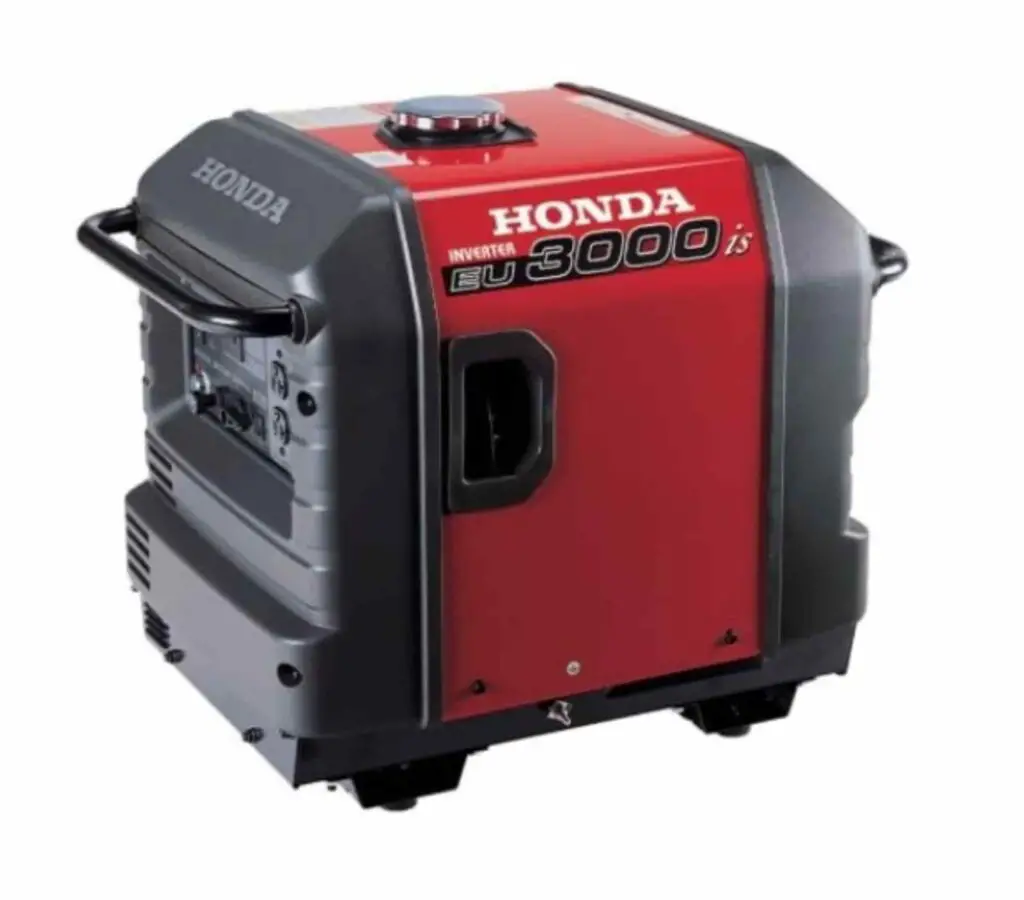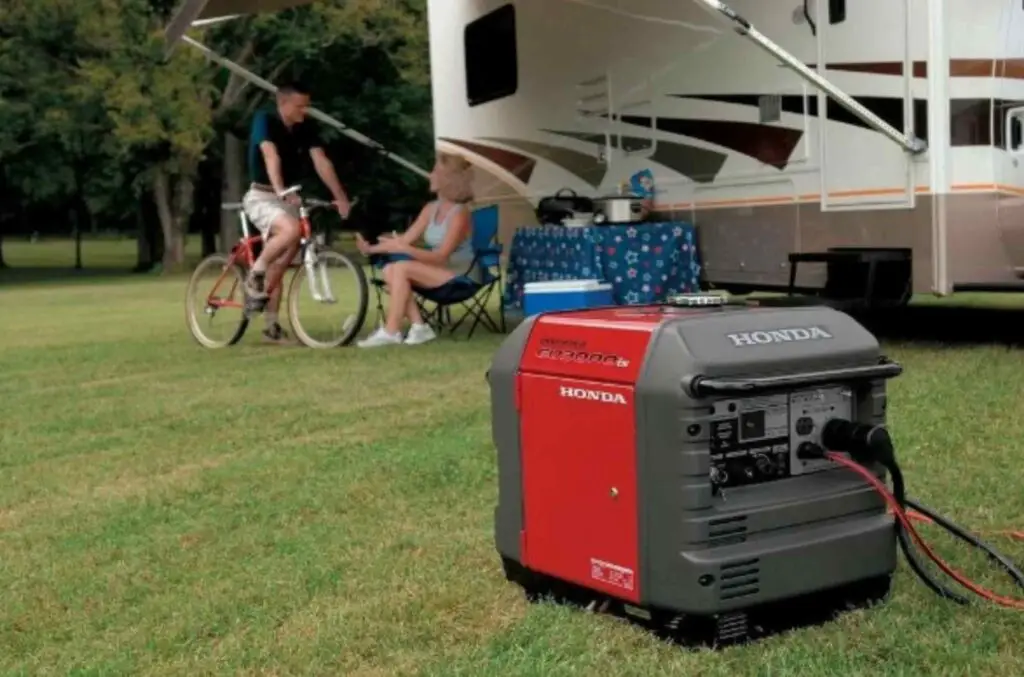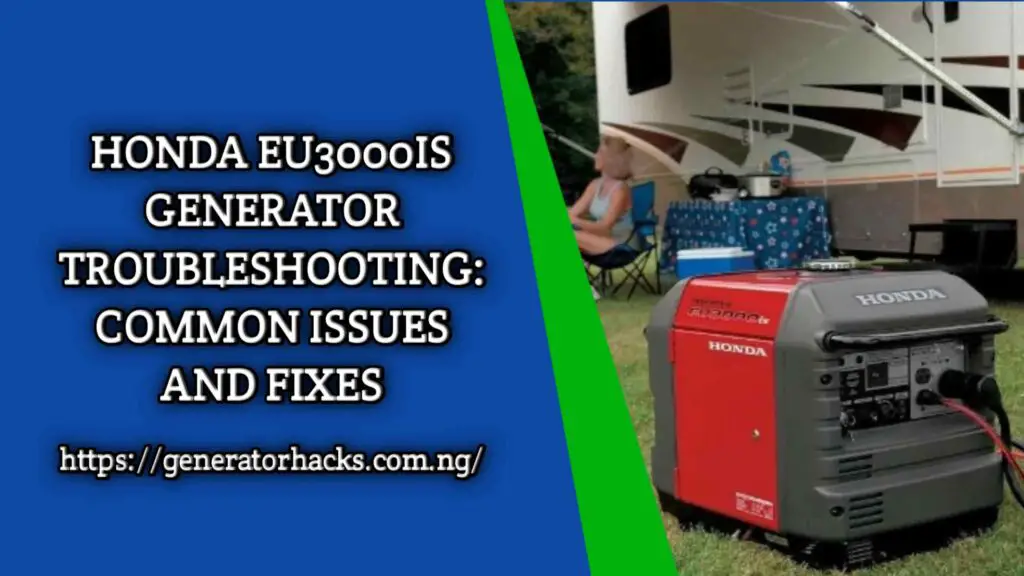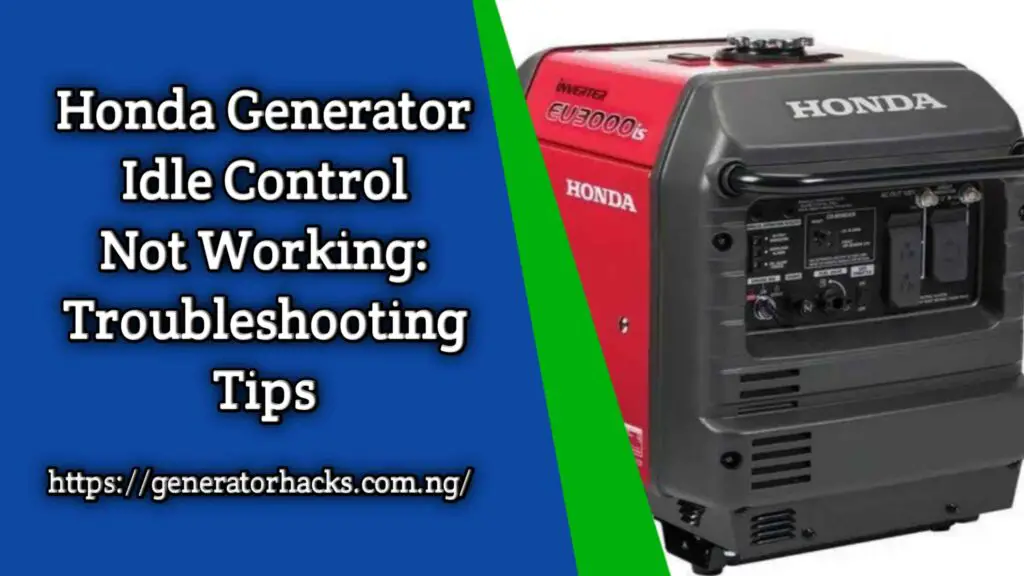As an Amazon Associate, we earn from qualifying purchases. This does not affect the price you pay or the quality of the products you buy. For more information, please read the full affiliate disclosure here.
If you’re a fan of the Honda 3000 generator like me, you’ll know how reliable and efficient it is. However, as with all generators, regular maintenance and occasional repairs are necessary to keep it in tip-top shape. Don’t fret, though! That’s where the Honda 3000 generator repair manual comes in handy.
This repair manual is an absolute lifesaver, providing detailed information on troubleshooting and fixing common problems with the generator. Whether it’s issues with the carburetor, battery, or control panel, the repair manual has got you covered. With easy-to-follow diagrams and step-by-step instructions, even novice DIY enthusiasts can confidently tackle repairs.
And the best part? You can access the repair manual hassle-free! If you’re wondering where to get your hands on one, don’t worry. This article has got you covered. You can download the manual by the end of this read.
Whether you’re a seasoned mechanic or just starting, the Honda 3000 generator repair manual is essential for anyone who owns a Honda 3000 generator. With this trusty guide, you can keep your generator running smoothly for years!
Understanding Your Honda 3000 Generator Features And Specifications

As a Honda 3000 generator owner, you must understand its features, specifications, and safety precautions to ensure proper usage and maintenance. As a result, in this section, I will provide you with an overview of these important aspects for better understanding.
Features and Specifications
Here are some of its key features and specifications:
| Features | Specifications |
| Engine | Honda GX200 commercial engine |
| Power Output | 3000 watts maximum, 2800 watts rated |
| Fuel Tank Capacity | 3.4 gallons |
| Run Time | Up to 7.2 hours at rated load |
| Noise Level | 58 dB(A) at the rated load |
| Weight | 131 lbs |
One thing I love about the Honda 3000 generator is that it also features an inverter system that provides stable power for sensitive electronic equipment, such as computers and TVs.
In that case, you won’t be worried about your appliances getting damaged due to power surgery. It also has a fuel shutoff valve that allows you to quickly drain the fuel for storage or maintenance.
Trouble with your generator? Get expert personalized troubleshooting tips tailored for you alone directly to your email. Contact us now for reliable support and practical solutions. Let’s fix it together – reach out today!
Safety Precautions of Honda 3000 Generator
When operating a Honda 3000 generator, you must follow certain safety precautions to prevent accidents and injuries. Here are some essential safety tips to keep in mind:
- Never operate the generator in an enclosed area, such as a garage or basement, as this can lead to carbon monoxide poisoning.
- Keep the generator at least 3 feet away from buildings and other objects to prevent fires.
- Never touch the generator or its electrical components with wet hands or while standing in water.
- Always turn off the generator and allow it to cool down before refueling.
- Use only approved containers to store and transport fuel.
- Keep the generator away from children and pets.
IMPORTANT READ:- Generator Repair Cost Estimation: How Much Does it Cost to Repair Generator?
Basic Troubleshooting of the Honda 3000 Generator

As with any generator you can find around, the Honda 3000 inverter generator may experience issues from time to time. That’s the fact, but one thing is that most of these issues are easy to fix with essential troubleshooting tips. So, here are some basic troubleshooting steps to help diagnose and resolve common problems.
Common Issues
The following table lists some common issues that may arise with the Honda 3000 inverter generator:
| Issue | Possible Cause | Solution |
| The generator won’t start | Empty fuel tank, clogged fuel filter, dead battery, faulty spark plug, or malfunctioning carburetor | Refill the fuel tank, replace the fuel filter, charge or replace the battery, replace the spark plug, or clean/replace the carburetor. |
| The generator starts and then dies | Clogged fuel filter, malfunctioning carburetor, or low oil level | Replace the fuel filter, clean/replace the carburetor, or refill the oil. |
| The generator is leaking gas | Loose fuel line, damaged fuel tank, or faulty carburetor | Tighten the fuel line, replace the fuel tank, or clean/replace the carburetor. |
| Generator bogs down under load | Dirty air filter, low oil level, or malfunctioning carburetor | Clean/replace the air filter, refill the oil, or clean/replace the carburetor. |
IMPORTANT READ:- 12 Common Generator Repairs You Must Know
Diagnostic Techniques
To diagnose issues with the Honda 3000 inverter generator, follow these steps:
- Check the fuel level and refill if necessary.
- Check the oil level and refill if necessary.
- Check the air filter and clean or replace it if necessary.
- Check the spark plug and replace it if necessary.
- Check the fuel filter and replace it if necessary.
- Check the carburetor and clean or replace it if necessary.
- Check the battery and charge or replace it if necessary.
Following these basic troubleshooting steps and diagnostic techniques can help ensure your Honda 3000 inverter generator runs smoothly and efficiently. But if it’s something you can’t do yourself, ask for assistance from a professional.
ALSO CHECK:- Honda EU3000is Generator Troubleshooting: Common Issues and Fixes
Routine Maintenance
Performing routine maintenance on your Honda 3000 generator is easy and can help avoid costly repairs. Regular maintenance includes cleaning and inspection, oil and filter change, and more. Here are some tips to help you keep your generator in top condition.
Cleaning and Inspection
Cleaning your generator regularly is essential to keep it running efficiently. Here are some steps to follow:
- Turn off the generator and let it cool down.
- Remove any dirt or debris from the exterior using a soft brush or cloth.
- Check the air filter and clean it if necessary. A dirty air filter can reduce the generator’s performance.
- Check the spark plug and replace it if necessary. A worn spark plug can cause the generator to run poorly or not start.
- Check the fuel filter and replace it if necessary. A clogged fuel filter can cause the generator to run poorly or not start.
Oil and Filter Change
Regularly changing the oil and filter is essential to keep your generator running smoothly. Here are some steps to follow:
- Turn off the generator and let it cool down.
- Remove the oil filler cap and drain the oil into a container.
- Remove the oil filter and replace it with a new one.
- Refill the generator with the recommended amount of oil. Check the owner’s manual for the correct type of oil to use.
- Replace the oil filler cap and start the generator. Let it run for a few minutes to circulate the new oil.
Advanced Repair Procedures
There are different advanced repair procedures, but two of the major types include: engine overhaul and electrical system repairs.
Engine Overhaul
An engine overhaul is a complex procedure that involves disassembling and inspecting the engine components. It is usually performed when the engine has been severely damaged or has reached the end of its lifespan. Here are the steps involved in an engine overhaul:
- Disassembling the engine: The first step is to remove the engine from the generator and disassemble it. This involves removing the cylinder head, piston, connecting rods, and crankshaft.
- Inspecting the components: Each part should be inspected for wear and damage once the engine is disassembled. Any damaged parts should be replaced.
- Reassembling the engine: After the inspection, the engine should be reassembled using new gaskets and seals. The piston rings should also be replaced.
- Testing the engine: Once it is reassembled, it should be tested to ensure it functions properly. This involves running the engine for a few minutes and checking for leaks and abnormal noises.
Here’s a detailed overhaul guide. Note: if you aren’t a professional, don’t try to overhaul your generator yourself.
Electrical System Repair
The electrical system of a generator is responsible for generating and distributing electrical power. It is a complex system that requires advanced repair procedures. Here are the steps involved in electrical system repair:
- Troubleshooting the electrical system: The first step is to troubleshoot the electrical system to identify the problem. This involves testing the battery, alternator, voltage regulator, and other electrical components.
- Repairing or replacing the components: Once the problem is identified, the faulty parts should be repaired or replaced. This may involve rewiring the electrical system or replacing the alternator or voltage regulator.
- Testing the electrical system: After the repair or replacement, it should be tested to ensure it functions correctly. This involves checking the voltage output and ensuring all electrical components work.
Final Thought
Have you ever had trouble starting your Honda 3000 Generator? Don’t worry. It’s a common issue that can be easily fixed by checking the spark plugs or fuel levels. You don’t need to be a professional to handle these minor repairs! However, if the issue is more complicated, it’s always a good idea to seek assistance from a nearby generator repair service.
Need some extra guidance? You can download the manual by clicking on this link [download link]. And, to stay up to date on all things related to your generator, remember to subscribe to our newsletter for daily updates. With a little effort and the right resources, we’re confident that your Honda 3000 Generator will be up and running quickly!
Share


